Croatia’s “Sunny Island” - an expert guide to Hvar
Join our Croatia specialist on a culture and cuisine led adventure across this picturesque island
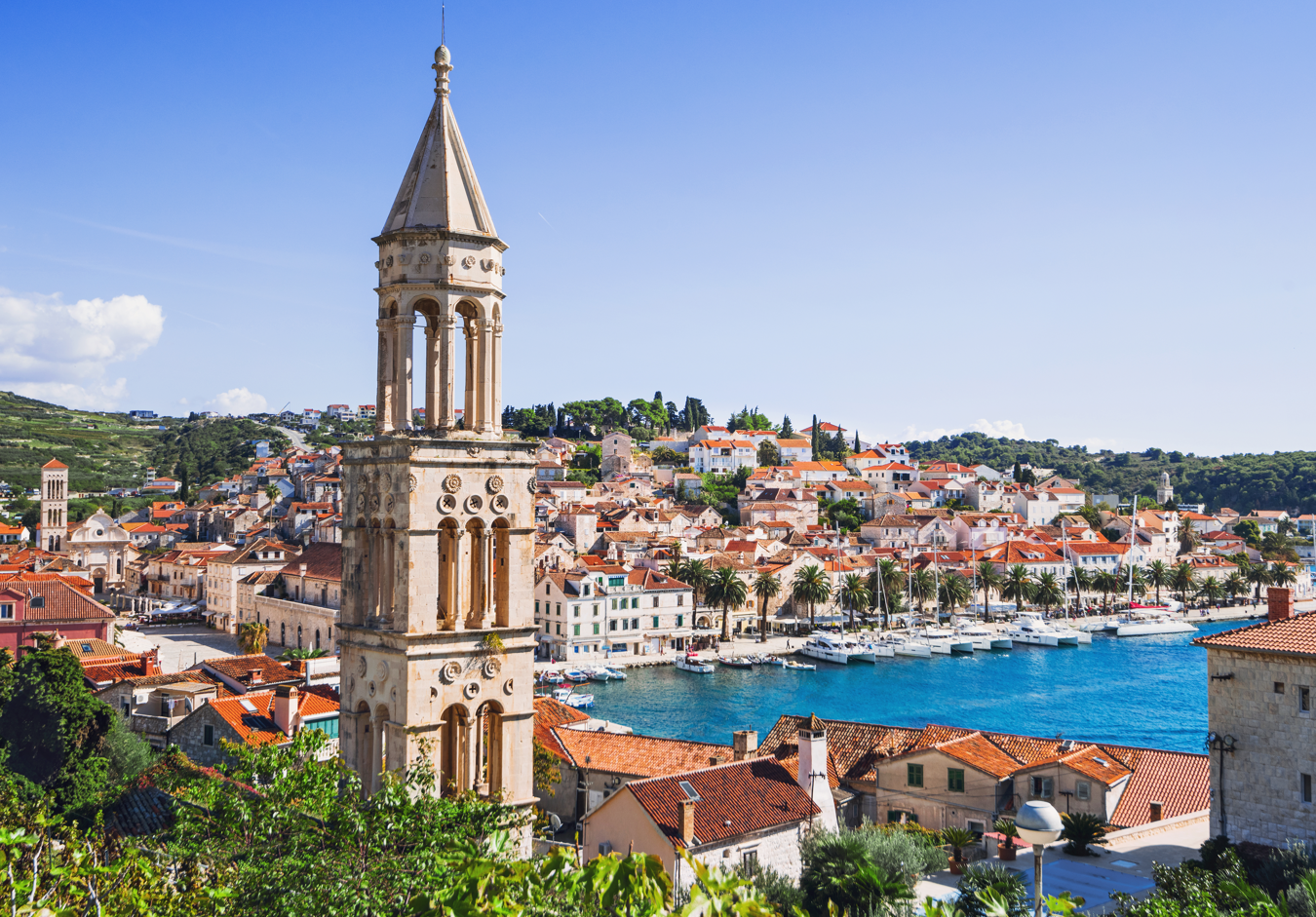
They call Hvar the “sunny island”, and with good reason. This long thin island in Central Dalmatia officially gets the most hours of sunshine in Croatia – all the better to enjoy its rolling hills of lavender terraces, olive groves and vineyards basking in the Adriatic sun.
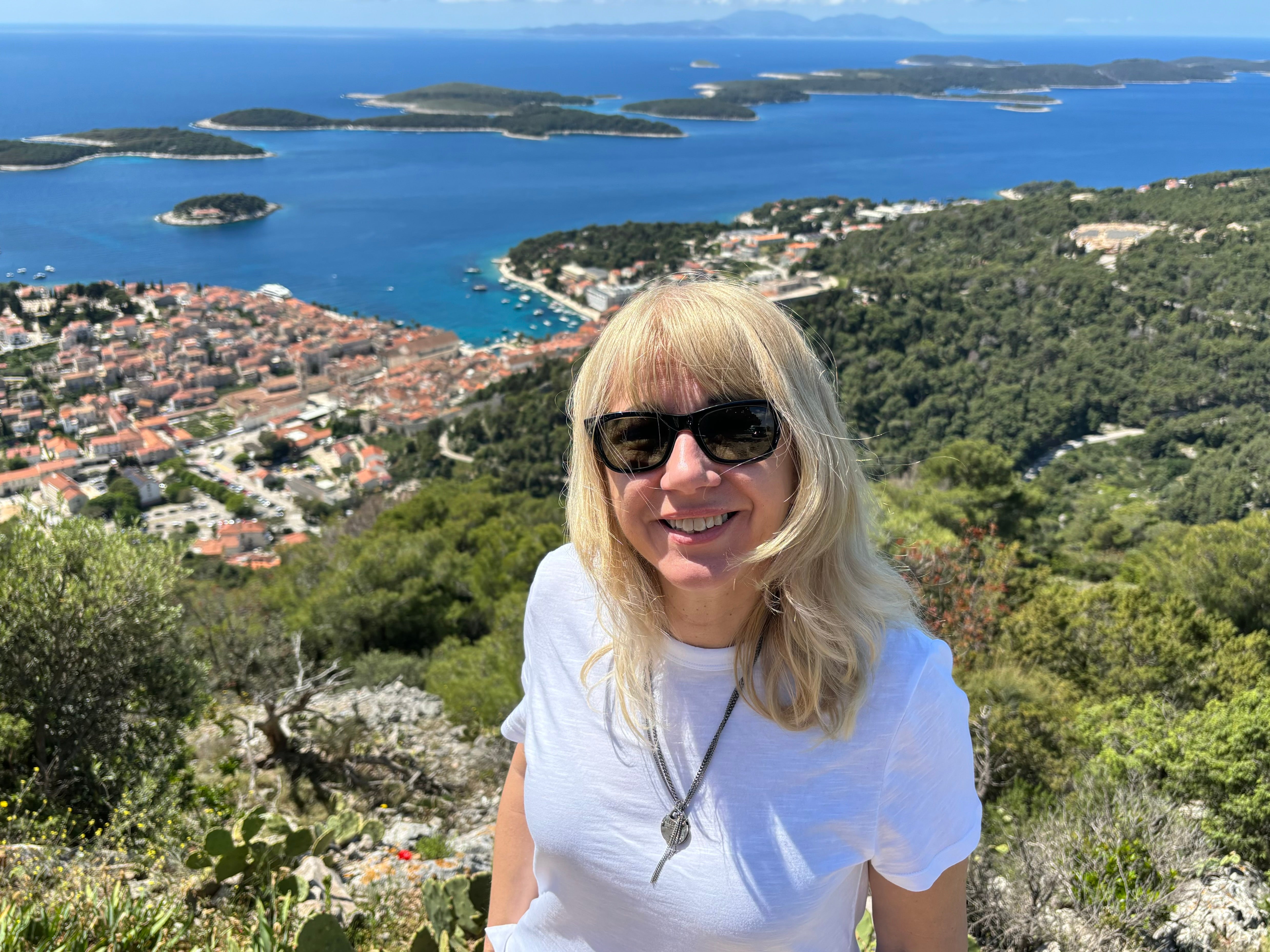
True to form, the skies are brilliantly blue after my 65-minute catamaran ride from Split to Hvar Town. The sun casts a warm glow on the creamy stone townhouses of the palm-lined Riva waterfront, a curtain-raiser to the main St Stephen’s Square. Already its café terraces are buzzing with people chatting over their morning coffee, while the 16th-century St Stephen’s Cathedral and its belltower provide a stately backdrop.
I wander through Groda, the narrow lanes north of the square that was home to Hvar’s nobility and is the site of the 16th-century Benedictine convent, whose nuns make the most exquisite lacework. Back in the square, I pop into Hvar’s bijou baroque theatre, the first public theatre in Europe – the first time nobles and commoners sat together to watch performances.
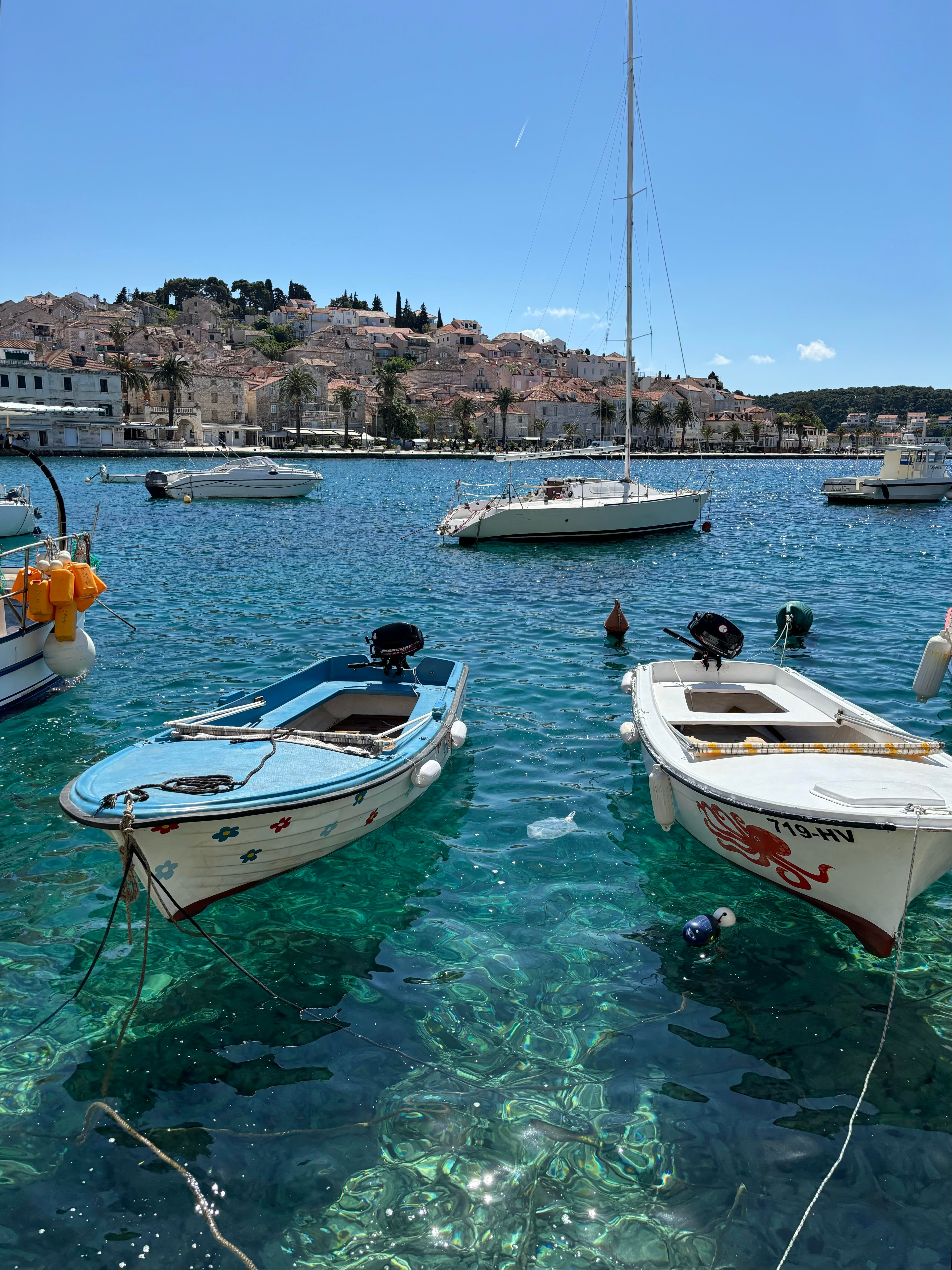
There’s more enchantment in store in the little lanes on the southern side of the square, where pint-sized shops, bars and apartments somehow squeeze into these historic houses. When I’m back on the Riva and its swish waterside restaurants and bars, I’m mesmerised by the intense turquoise of the sea dotted with tiny fishing boats as I walk to little Križa beach and the beautiful Franciscan monastery beside it.
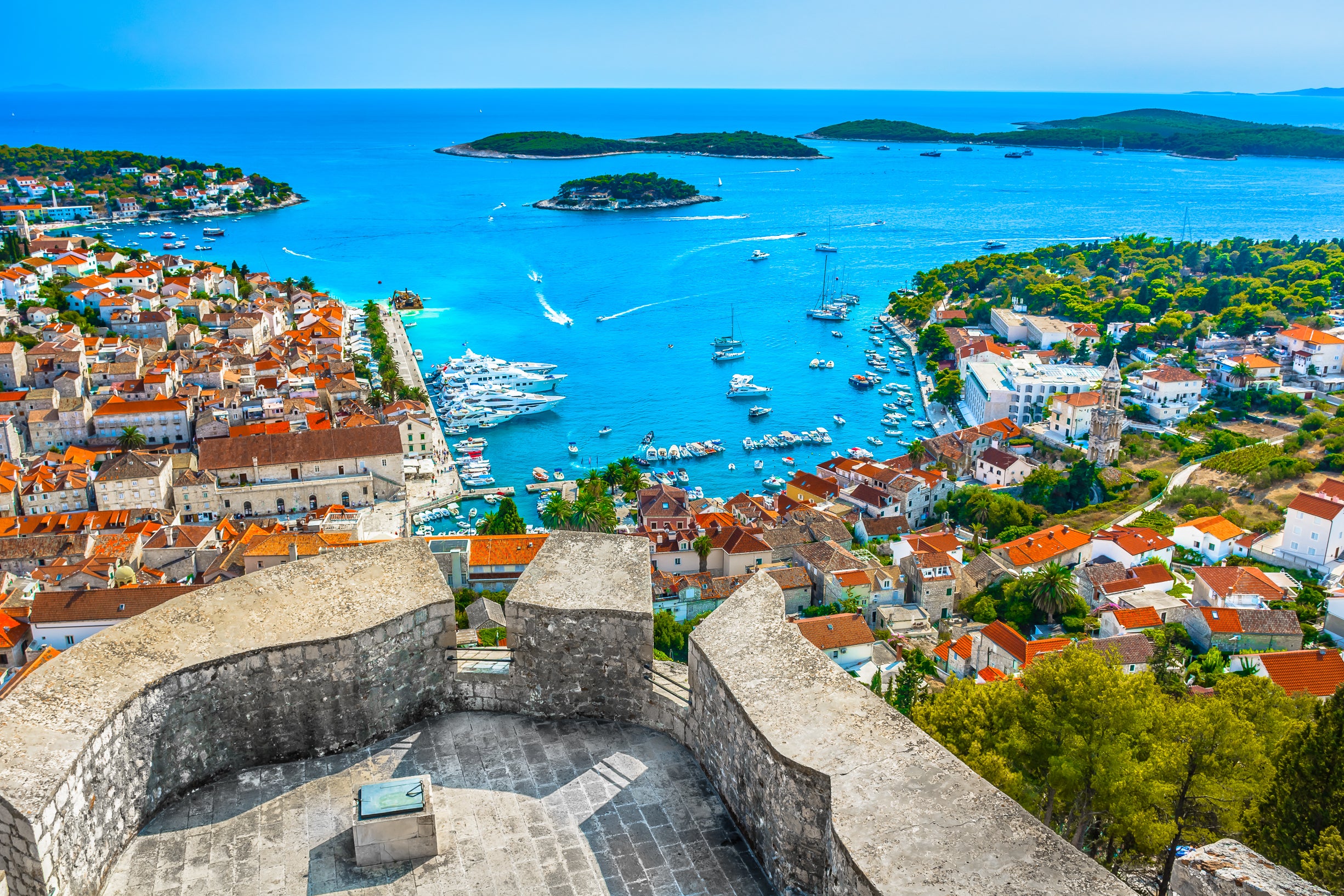
I can see the pine-covered Pakleni Islands scattered ahead of me, but the best view of them – and the rest of Hvar Town – awaits when I reach the hilltop Fortica Fortress. This is where you get that classic view of Hvar’s terracotta rooftops framed by the deep blue Adriatic and the dark green Pakleni Islands. No matter how many times I see that vista, it never fails to entrance me.
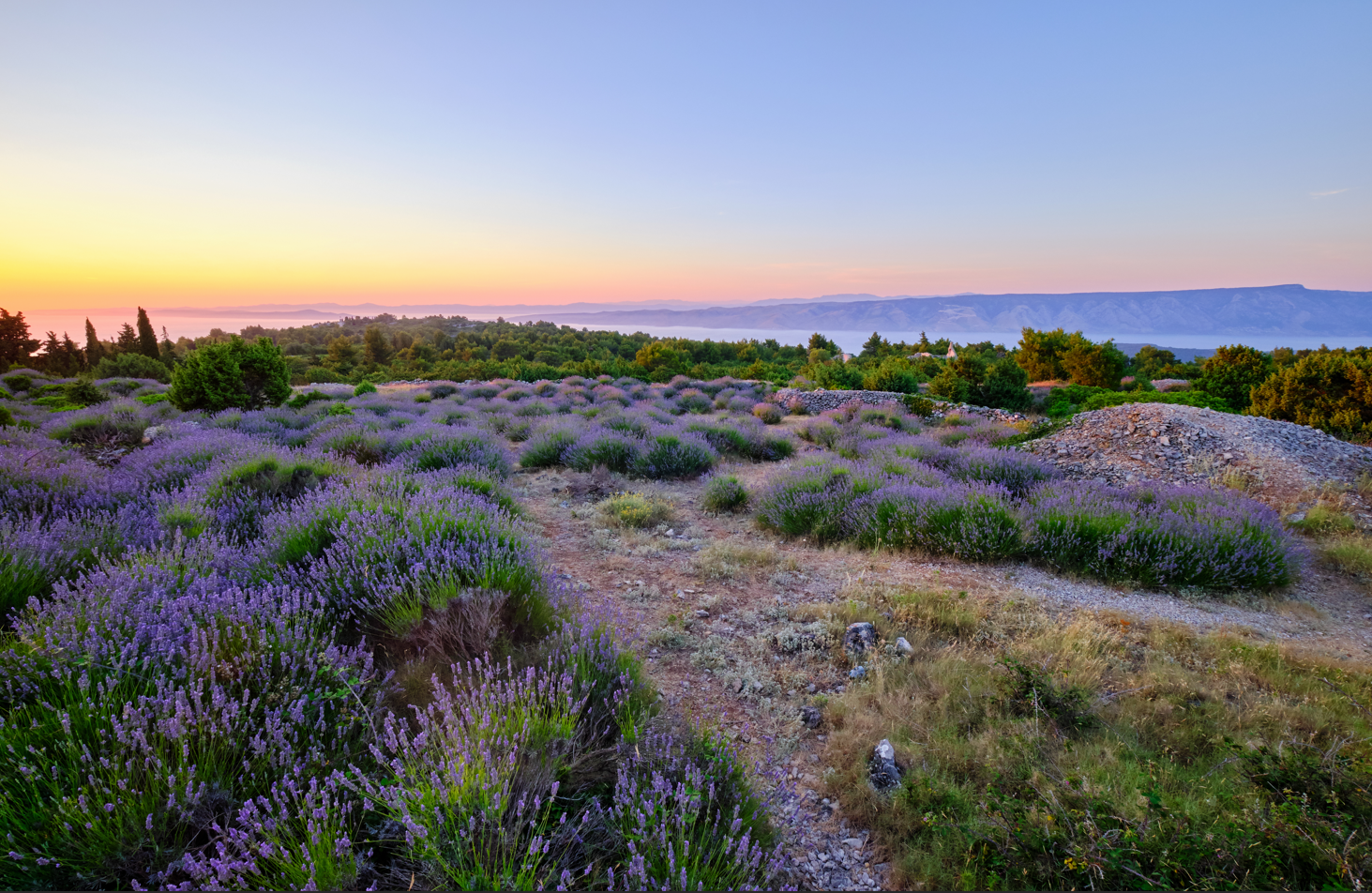
Many visitors to the island don’t stray beyond Hvar Town, and they’re missing out. Take the scenic route via the village of Brusje through lavender fields built into stone terraces that give Hvar its heavenly scent. Then stop at Stari Grad, the island’s former capital that’s a more laid-back alternative to Hvar Town.
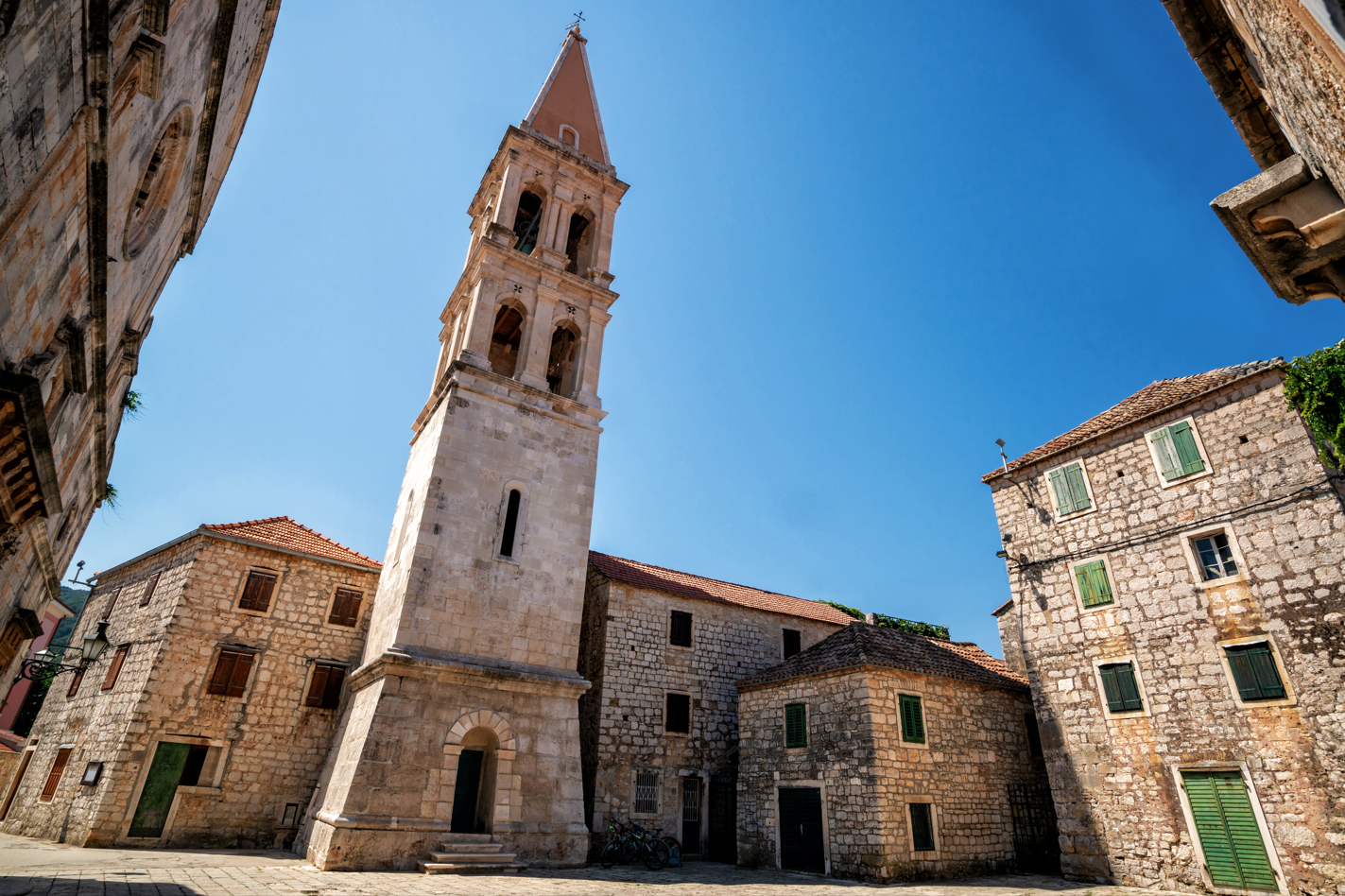
Tucked at the end of a long, deep harbour, Stari Grad is remarkably mellow despite it being a ferry port. Within the labyrinth of the old town’s narrow alleyways and stone houses, one building stands out. Built as the summer home of the Croatian poet Petar Hektorović, the Renaissance façade hides a tranquil garden in a cloister-like setting overlooking a pool. It’s definitely worth a visit.
Just beyond the town is Stari Grad Plain, a Unesco-listed network of olive groves and vineyards that was planted by the ancient Greeks. It’s a reminder – not that one is needed – of the superb wine that Hvar produces. Visit a winery for a tasting of robust plavac mali red or refreshing bogdanuša, an indigenous white grape whose name literally translates as “a gift from God”.
Where there’s wine there’s excellent food – especially the hearty cooking you get from farm restaurants in Hvar’s small villages. Look out for a konoba (a rustic tavern) that serves lamb, veal or octopus cooked for hours under a bell-shaped pot called a peka – the most succulent you can imagine.
You’ll find these restaurants on the roads leading to some of Hvar’s most appealing villages. Near neighbours Vrboska and Jelsa on the island’s northern side are favourites among families looking for relaxed village charm and plenty of beaches in pine-fringed coves. Just the place to unwind under the Dalmatian sun.
Want to follow in the footsteps of our Croatia travel expert? You can discover more about Central Dalmatia and start planning your trip here

Bookmark popover
Removed from bookmarks